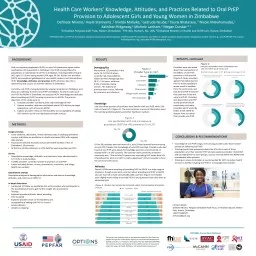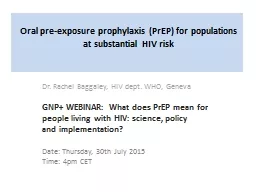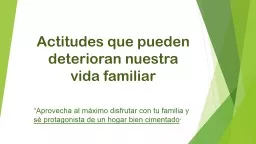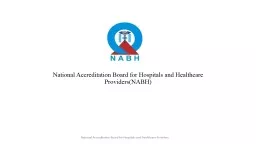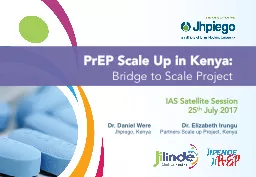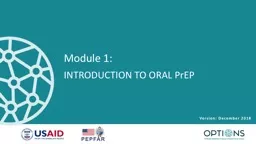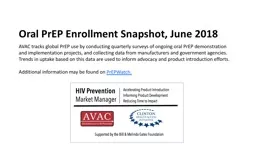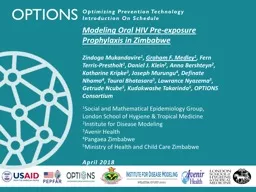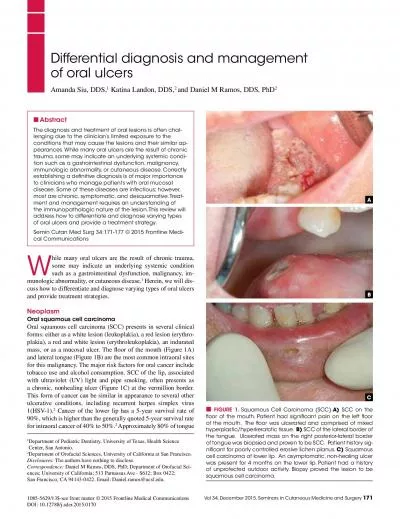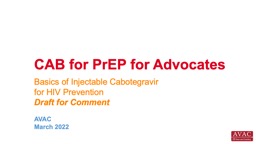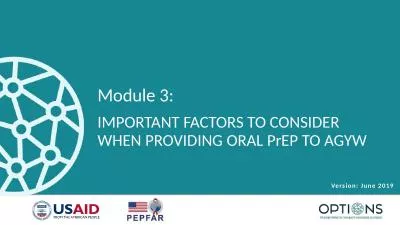PPT-Knowledge Just over three-quarters of providers were familiar with oral PrEP, while 23%
Author : cheryl-pisano | Published Date : 2019-11-22
Knowledge Just over threequarters of providers were familiar with oral PrEP while 23 had not heard of it Figure 2 The most common sources of information were the
Presentation Embed Code
Download Presentation
Download Presentation The PPT/PDF document "Knowledge Just over three-quarters of pr..." is the property of its rightful owner. Permission is granted to download and print the materials on this website for personal, non-commercial use only, and to display it on your personal computer provided you do not modify the materials and that you retain all copyright notices contained in the materials. By downloading content from our website, you accept the terms of this agreement.
Knowledge Just over three-quarters of providers were familiar with oral PrEP, while 23%: Transcript
Download Rules Of Document
"Knowledge Just over three-quarters of providers were familiar with oral PrEP, while 23%"The content belongs to its owner. You may download and print it for personal use, without modification, and keep all copyright notices. By downloading, you agree to these terms.
Related Documents

